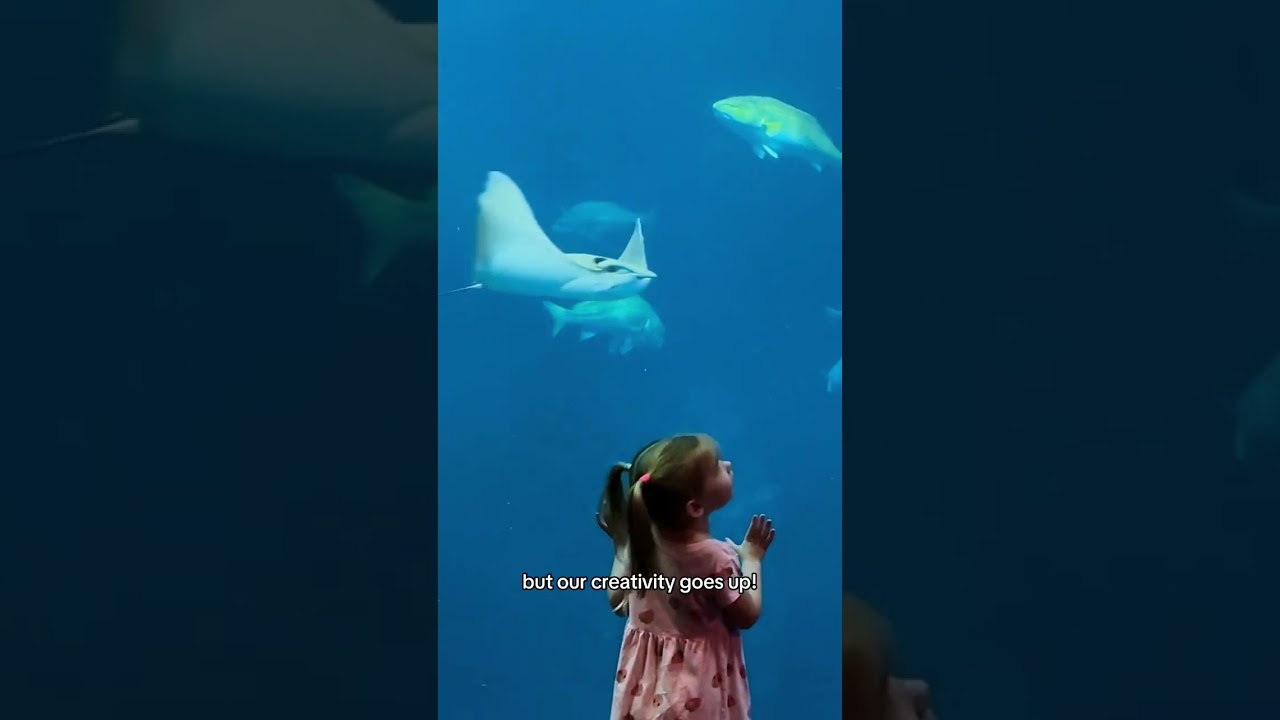- Understanding the concept of “blue mind” and its significance in enhancing mental well-being and perspectives on wildlife conservation.
- Exploring how aquatic environments contribute to mental health and why this concept should be integrated into zoo management and conservation strategies.
- The role of zoology and wildlife conservation in promoting human connections with water-based ecosystems.
- Insights into managing aquatic exhibits in zoos to reflect conservation priorities and encourage visitor engagement.
- The future of combining “blue mind” theory with traditional conservation methods to foster holistic approaches to wildlife preservation and public health.
The idea of “blue mind” has captured the interest of many. At its core, this concept refers to an individual’s meditative, relaxed state when in proximity to water. It is no wonder that people are instinctively drawn to oceans, lakes, rivers, and aquariums. These elements connect us to nature’s calming rhythm, providing mental health benefits. In recent years, zoologists and conservationists have begun to recognize the profound importance of infusing this concept into wildlife conservation and zoo management.
Aquatic environments, from vast oceans to small water features, act as natural stress reducers. Scientific research consistently shows that people experience increased levels of happiness and reduced stress when engaging with water. The presence of water tends to reduce anxiety, and viewing aquatic life can elevate mood and promote mental clarity. Adopting the principles of “blue mind” can be a game-changer for zoos and wildlife conservation entities looking to enhance visitor experiences and foster an appreciation for protecting aquatic ecosystems.
Incorporating this ‘blue mindset’ entails reimagining how zoological parks design and manage their aquatic exhibits. Zoo professionals can create spaces that not only serve as educational tools but also as serene retreats for visitors. Understanding animal behaviors and habitats goes hand-in-hand with offering these restorative experiences. For instance, a well-curated dolphin exhibit should not only explain the species’ intelligence and social structures but also promote an ethereal connection between humans and these intelligent creatures of the sea.
The discipline of zoology provides an in-depth understanding of animals, their habits, and their environments. When applying this knowledge to manage zoo habitats, it becomes vital to strike a balance between the well-being of both animals and visitors. Seeing vibrant fish swim through a large aquarium tank or watching sea otters play has tangible impacts on one’s mental state. Within wildlife conservation, this appreciation fuels efforts to protect natural habitats.
Prominent zoologists and biologists emphasize the need for immersive, educational displays that simulate an animal’s natural surroundings. These environments foster an emotional connection, making conservation messages resonate. The concept of “blue mind” further magnifies this effect by encouraging visitors to reflect on their emotional responses to specific species, habitats, and eco-challenges. When managed effectively, such exhibits can spark conversations about conservation while promoting mental wellness.
Look to the future, integrating “blue mind” methods with established conservation practices opens doors to more holistic approaches to environmental stewardship. Zoos and conservation organizations can adopt multidisciplinary tactics that tie together mental health, public education, and animal welfare. By focusing on water-based habitats and enhancing their representation within facilities, these organizations can strengthen public support for important conservation initiatives.
Innovation in zoo design will likely lead to the creation of aquatic-oriented exhibits that envelop visitors in a multisensory experience. Projection technology, ambient soundscapes, and other tools can mimic underwater environments for audiences, providing immersive experiences that are both calming and informative. These innovations can extend beyond mere entertainment, becoming conduits for conveying critical messages about our shared planetary responsibility.
In an era focused on preserving biodiversity, tapping into admiration for aquatic life can reinforce conservation agendas. The principles underlying the “blue mind” theory offer strategic insights into how environments can contribute to public understanding of ecological systems. The diverse array of ecosystems within zoo settings provides immediate opportunities to apply these insights. As stewards of both animal well-being and public education, it is essential for zoos and conservation groups to move beyond static displays. They should aim for dynamic presentations that inspire emotional and intellectual investments in conservation.
In summary, the potential of the “blue mind” concept extends beyond individual well-being. It creates a framework for zoologists and conservationists to enhance public engagement and promote environmental advocacy. Through effective integration of this theory, professionals can break new ground in zoo management and wildlife conservation, aligning them with broader societal benefits like improved mental health. The future of conservation lies in such synergies, fostering a world where the protection of aquatic environments is intertwined with human flourishing.
*****
Source Description
#aquarium #scaquarium #bluemind #newyear #2025 #2025goals #nationalquittersday #mentalhealth #mentalhealthawareness #newyears #newyearsresolutions

